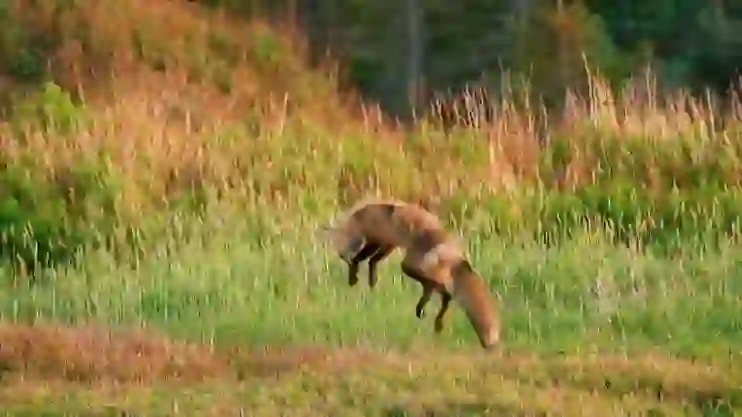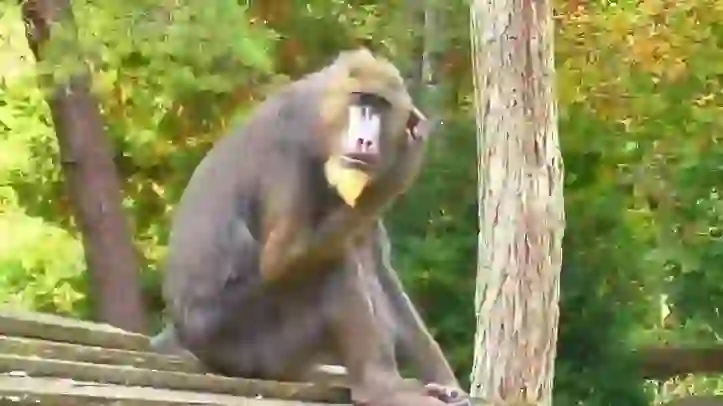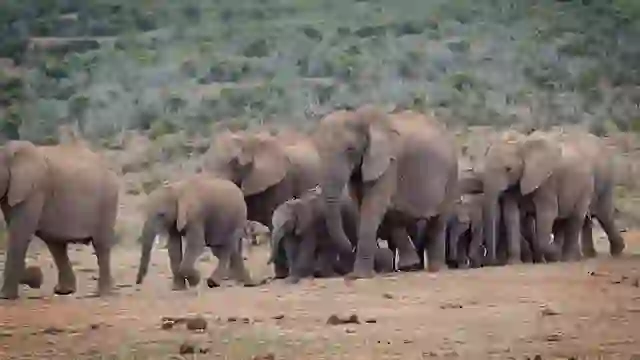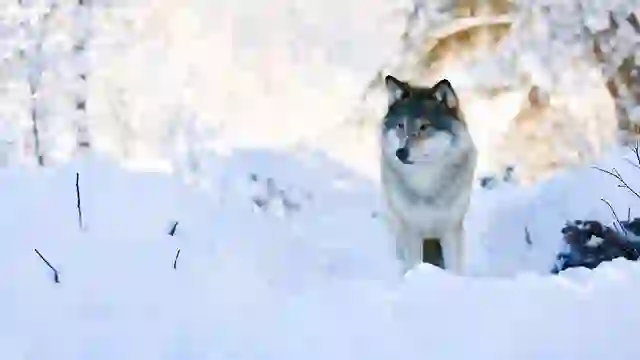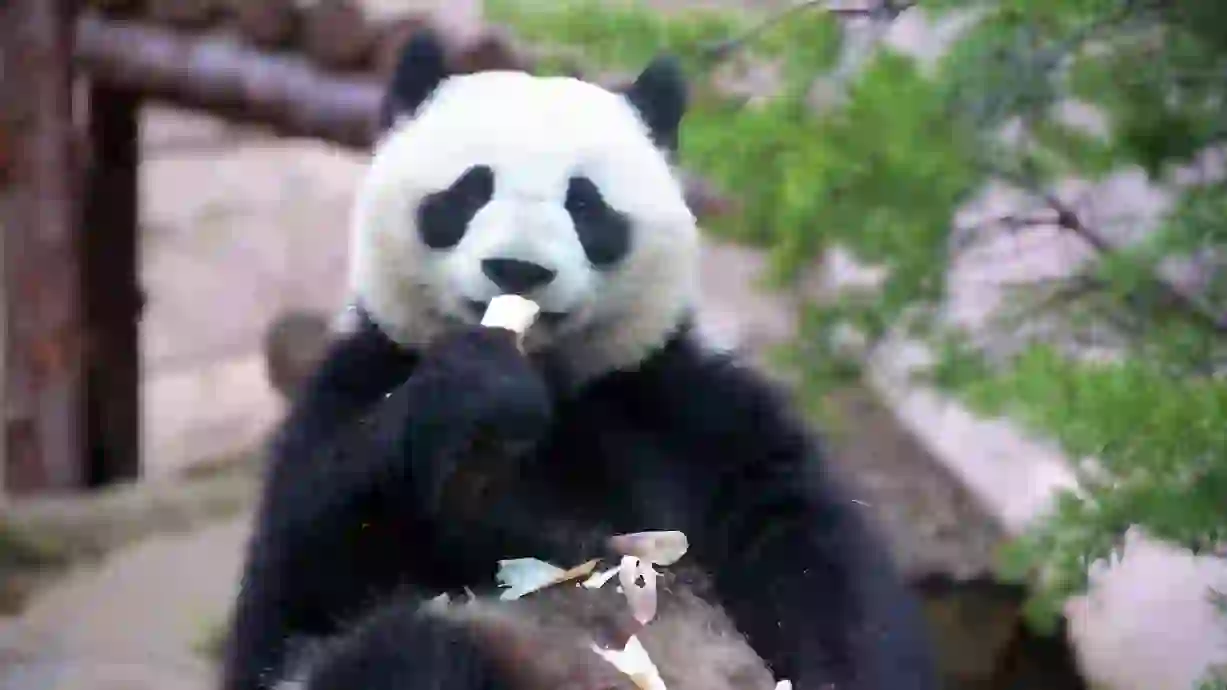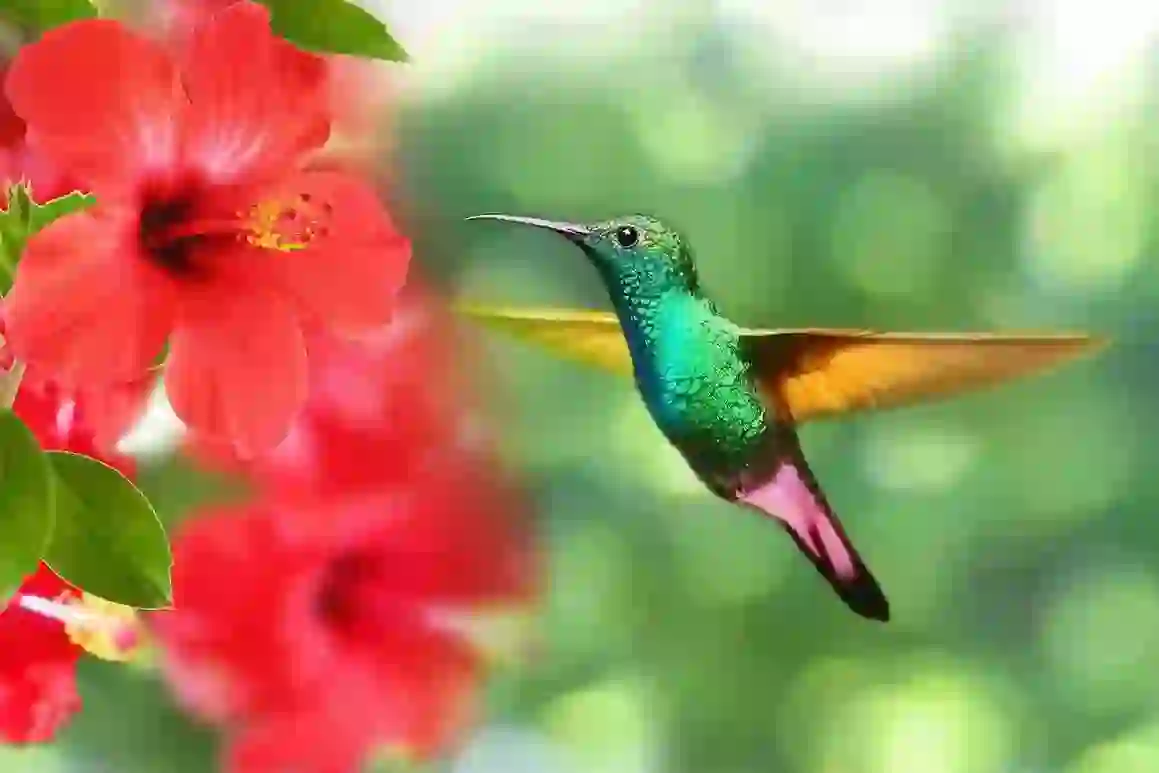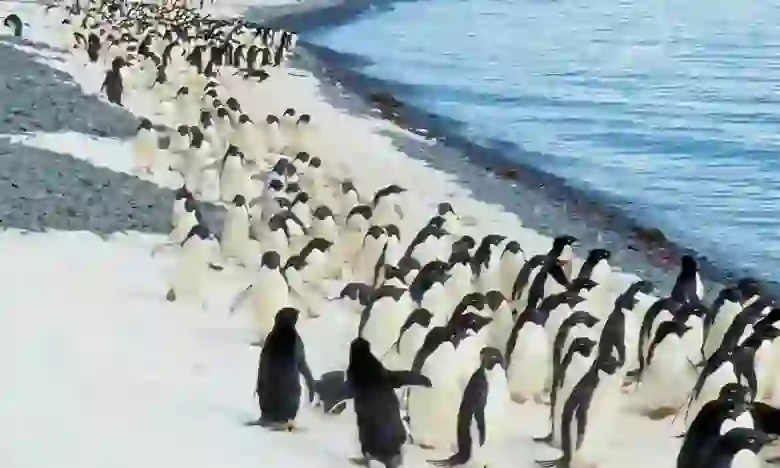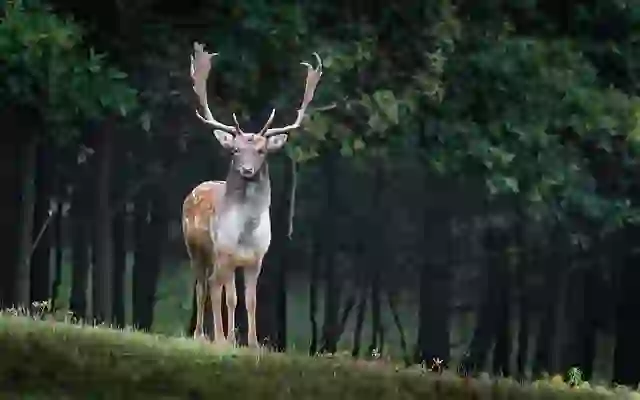
Western Gorilla
Western Gorilla
Western Gorilla
In the depths of the African rainforest, the western gorilla lives a peaceful life. They thrive on the bounty of the forest, cherishing the bonds of family. But now, their future is threatened by various dangers. Let's delve into the ecology of the western gorilla and explore the efforts to protect them.
Western Gorilla Basic Infomation
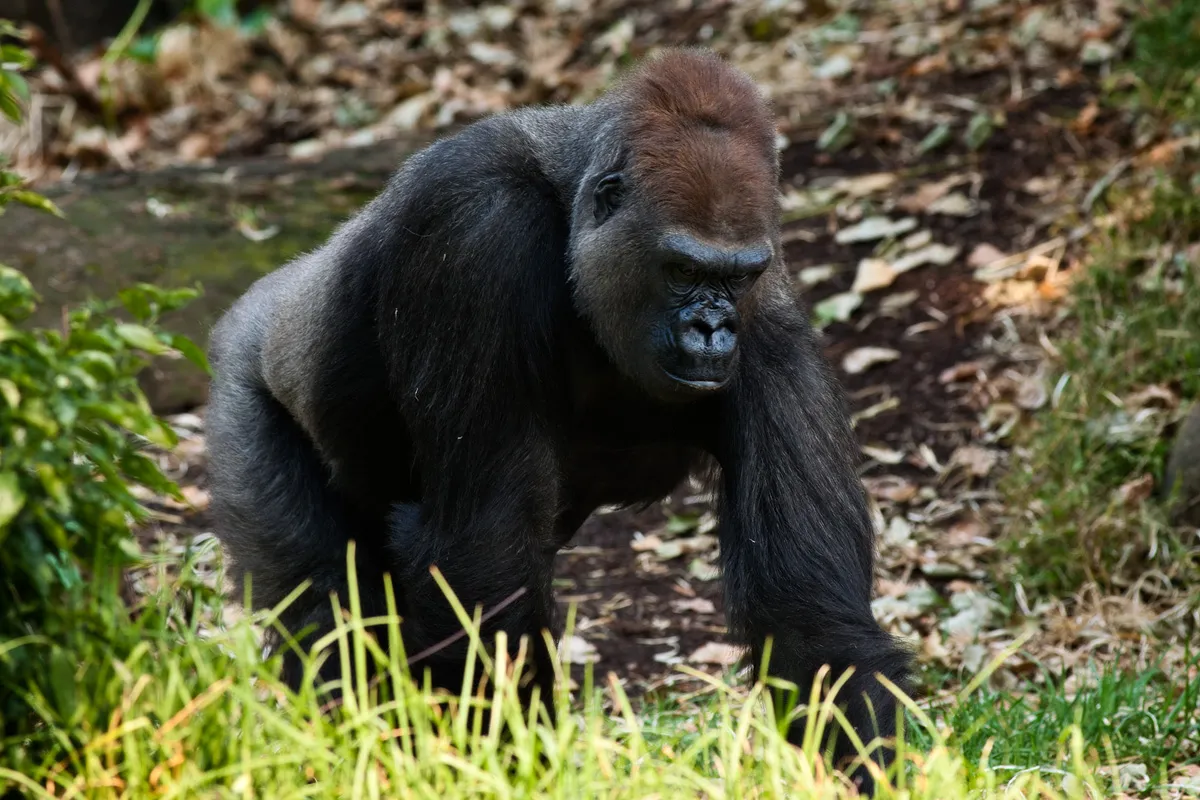
| Property | Value |
|---|---|
| Scientific Name | Gorilla gorilla |
| Taxonomic Status | ACCEPTED |
| Rank | SPECIES |
| Kingdom | Animalia |
| Phylum | Chordata |
| Class | Mammalia |
| Order | Primates |
| Family | Hominidae |
| Genus | Gorilla |
| Conservation Status | Critically Endangered |
| Species | Gorilla gorilla |
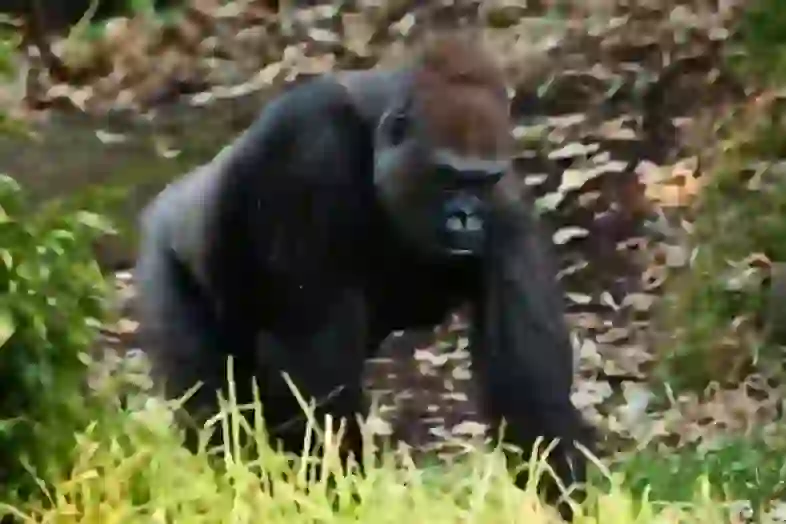
Size
Adult males measure about 1.5 to 1.8 meters in length and weigh 140 to 160 kilograms. Females are smaller than males, weighing 70 to 90 kilograms.
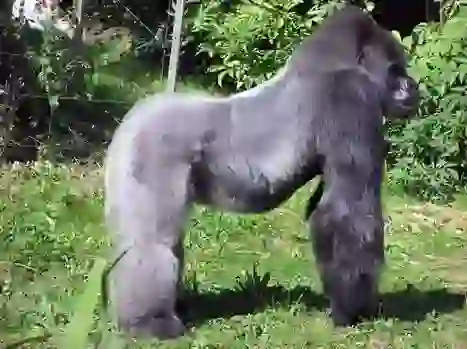
Lifespan
They live for 35 to 40 years in the wild, and over 50 years in captivity.

Distribution
They are distributed in western Central Africa, including Cameroon, the Central African Republic, the Republic of the Congo, Equatorial Guinea, Gabon, and Angola. They primarily inhabit lowland rainforests.
Western Gorilla Q&A

What kind of gorilla is the western gorilla?
The western gorilla is one of the two species of gorillas that live on the African continent. The other species is the eastern gorilla.
Western gorillas are smaller than eastern gorillas, have shorter fur, and are slightly brownish in color. There are two subspecies of western gorillas: the western lowland gorilla and the Cross River gorilla.
The western lowland gorilla is the most common gorilla and is widely distributed in the lowland rainforests of western Central Africa. The Cross River gorilla is a very rare gorilla found only in the border region between Nigeria and Cameroon.

What do western gorillas eat?
Western gorillas primarily eat fruit. They travel through the forest searching for ripe fruit to eat. In addition to fruit, they also eat leaves, stems, flowers, bark, roots, and mushrooms.
They also occasionally eat insects and snails. They consume about 18 kg of plants per day, spending a lot of time feeding. The diet of western gorillas varies depending on the season and location. When fruit is plentiful, they eat a lot of fruit, but when fruit is scarce, they eat more leaves and stems.

What kind of lives do they lead?
Western gorillas live in groups of 10 to 20 individuals. A group typically consists of one mature male (silverback), several females, and their offspring. The silverback, as the leader of the group, protects the group from other male gorillas, finds food, and decides where the group will travel.
They are active during the day and rest at night in nests built on the ground from piles of vegetation. Western gorillas are highly intelligent and have complex social structures. They communicate using various sounds and gestures and cooperate to survive.

[Quiz!] What kind of gorilla is a silverback?
Every western gorilla troop has a single adult male called a silverback. The silverback is the leader of the troop and is larger than the other males, with silver-gray hair on his back.
The silverback is the strongest male in the troop and protects the females and young, finds food, and decides where the troop will travel. The silverback is a very important member of the troop.

[Quiz!] Why are western gorillas endangered?
Western gorillas are declining in number due to human activities and are endangered. The main reasons are:
・Poaching: Their meat, fur, and bones are illegally traded.
・Deforestation: The forests they live in are being cut down for timber and agriculture.
・Ebola: Gorillas, like humans, are susceptible to Ebola, and if an outbreak occurs, the entire group could die.
・Habitat fragmentation: Roads and farmland are fragmenting their habitat, creating isolated populations. Isolated populations have reduced genetic diversity and are more vulnerable to disease and environmental change.
We need to address these issues to protect western gorillas.

[Quiz!] What can we do to protect western gorillas?
There are many things we can do to protect western gorillas.
・Choose fair trade products: Fair trade products are made with consideration for the environment and human rights. Choosing fair trade products can help reduce deforestation.
・Don't participate in the illegal wildlife trade: Don't buy western gorilla meat, fur, or bones.
・Donate to organizations working to protect gorillas: By donating to organizations that work to protect gorillas, you can support their conservation efforts.
・Learn about gorillas and tell others: By learning about gorillas and sharing that knowledge, we can raise awareness and understanding of these amazing creatures.
Even small actions can make a big difference when we all work together. Let's all think about what we can do to protect gorillas, our fellow inhabitants of Earth, and take action!

Would you like to become a part of the 'Animalbook.jp'?
Turn your knowledge into Q&A and share it with the world. ※Publication will be activated after purchase. Let's share information together!
Western Gorilla Type of List

Subspecies of Western Gorilla
- Western Lowland Gorilla
- Cross River Gorilla
Information
Congratulations! You are the first commenter!

Create Your Favorite List!
Western Gorilla
Save the animals you love! Build your own list to quickly revisit your favorites later.

Would you like to leave a comment?
※Please note: This is for the purchase of rights to post comments within the article.
Find Your Favorites!
Our shop offers a unique and attractive selection of goods themed around various animals.
Western Gorilla References
Western Gorilla Introduction of media used

User:Fir0002, GFDL 1.2, via Wikimedia Commons

Arpingstone, Public domain, via Wikimedia Commons

Help Enrich Our Animalbook.jp with Your Media!
We are constantly looking to expand and enrich our Animalbook.jp with amazing photos and videos of animals. If you have any media that you'd like to share, please contribute and help us showcase the beauty and diversity of the animal kingdom. Your submissions will be credited and featured in our encyclopedia, reaching a wide audience of animal lovers.



